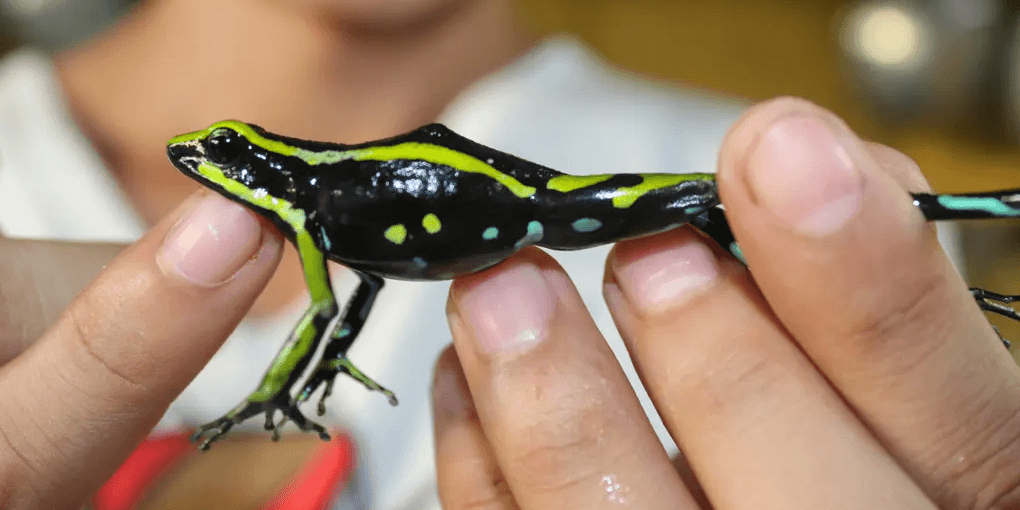More focus on non-English language reports would be good for conservation and help close the gap between global north and south, argue researchers
Valeria Ramírez Castañeda, a Colombian biologist, spends her time in the Amazon studying how snakes eat poisonous frogs without getting ill. Although her findings come in many shapes and sizes, in her years as a researcher, she and her colleagues have struggled to get their biological discoveries out to the wider scientific community. With Spanish as her mother tongue, her research had to be translated into English to be published. That wasn’t always possible because of budget or time constraints –and it means that some of her findings were never published.
“It’s not that I’m a bad scientist,” she says. “It’s just because of the language.”
Ramírez Castañeda is not alone. There is a plethora of research in non-English-language papers that gets lost in translation, or is never translated, creating a gap in the global community’s scientific knowledge. As the amount of scientific research grows, so does the gap. This is especially true for conservation and biodiversity. Research about native traditions and knowledge tied to biodiversity is often conducted in the domestic non-colonial language and isn’t translated.
A study published in the journal Plos Biology found that paying more attention to non-English language research could expand the geographical coverage of biodiversity scientific evidence by 12% to 25% and the number of species covered by 5% to 32%. There is research on nine amphibian species, 217 bird species and 64 mammal species not covered in English-language studies. “We are essentially not using scientific evidence published in non-English-languages at the international level, but if we could make a better use of [it], we might be able to fill the existing gaps in the variability of current scientific evidence,” says Tatsuya Amano, a Japanese biodiversity researcher at the University of Queensland and the paper’s lead researcher.




